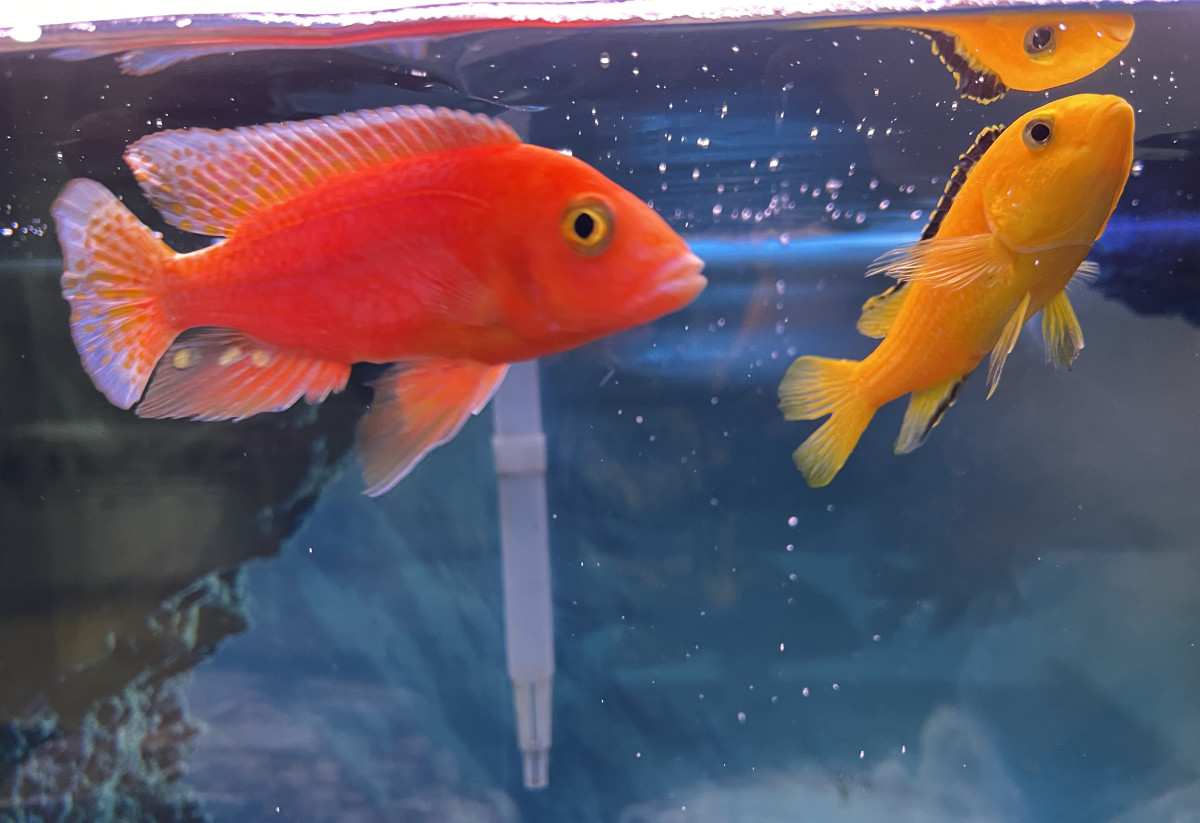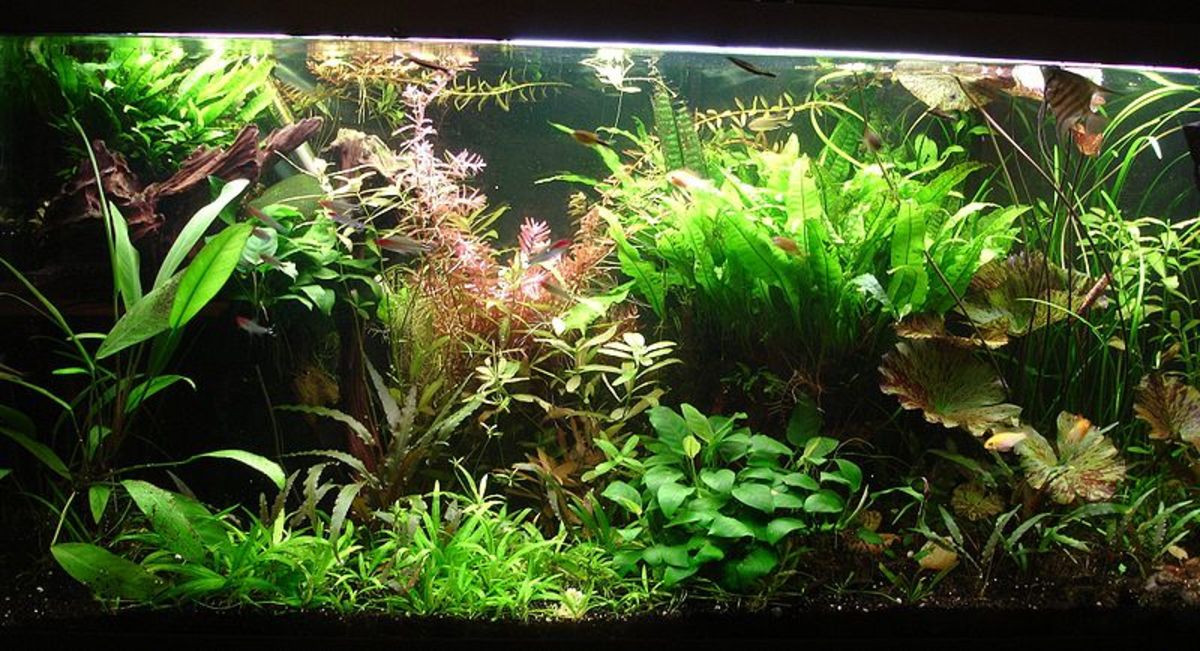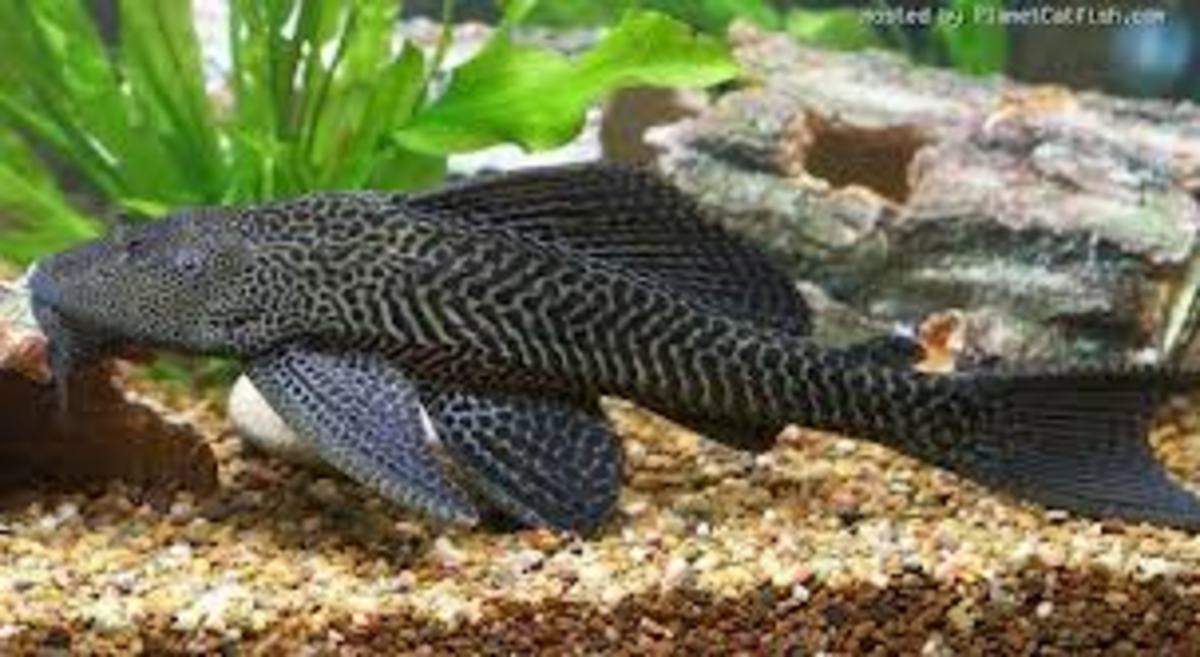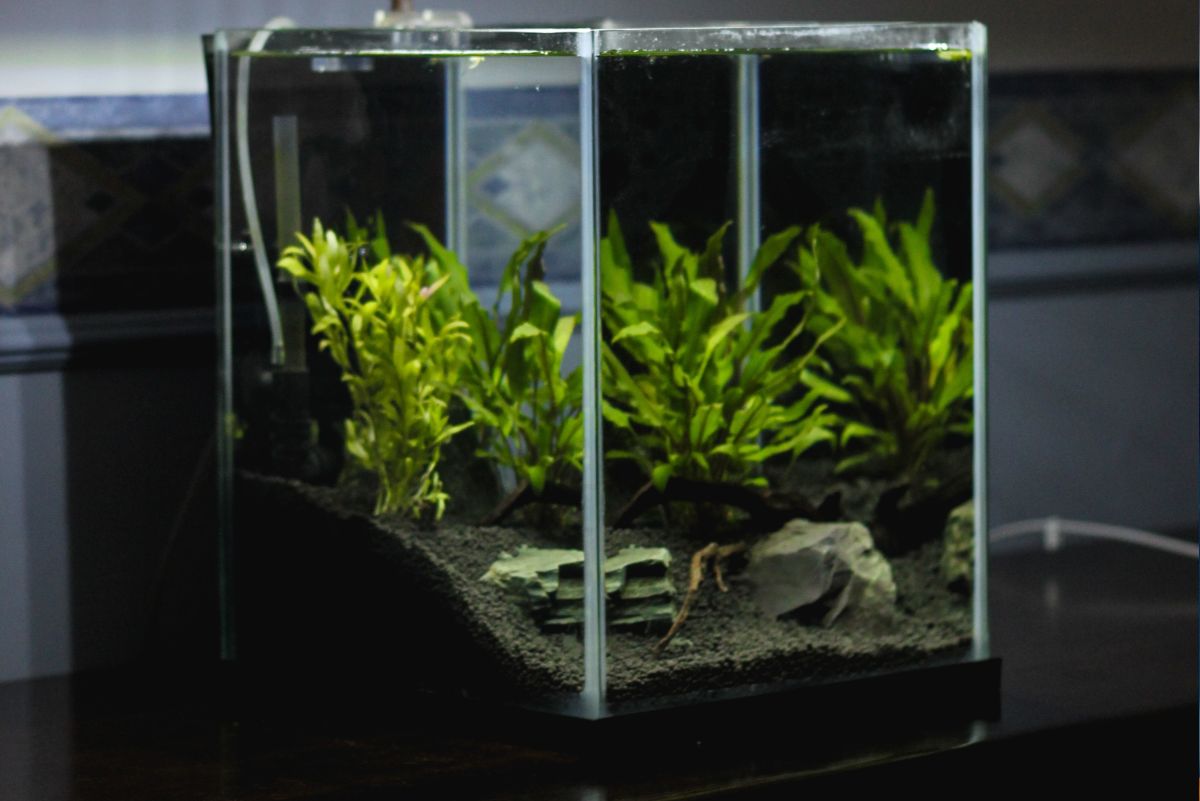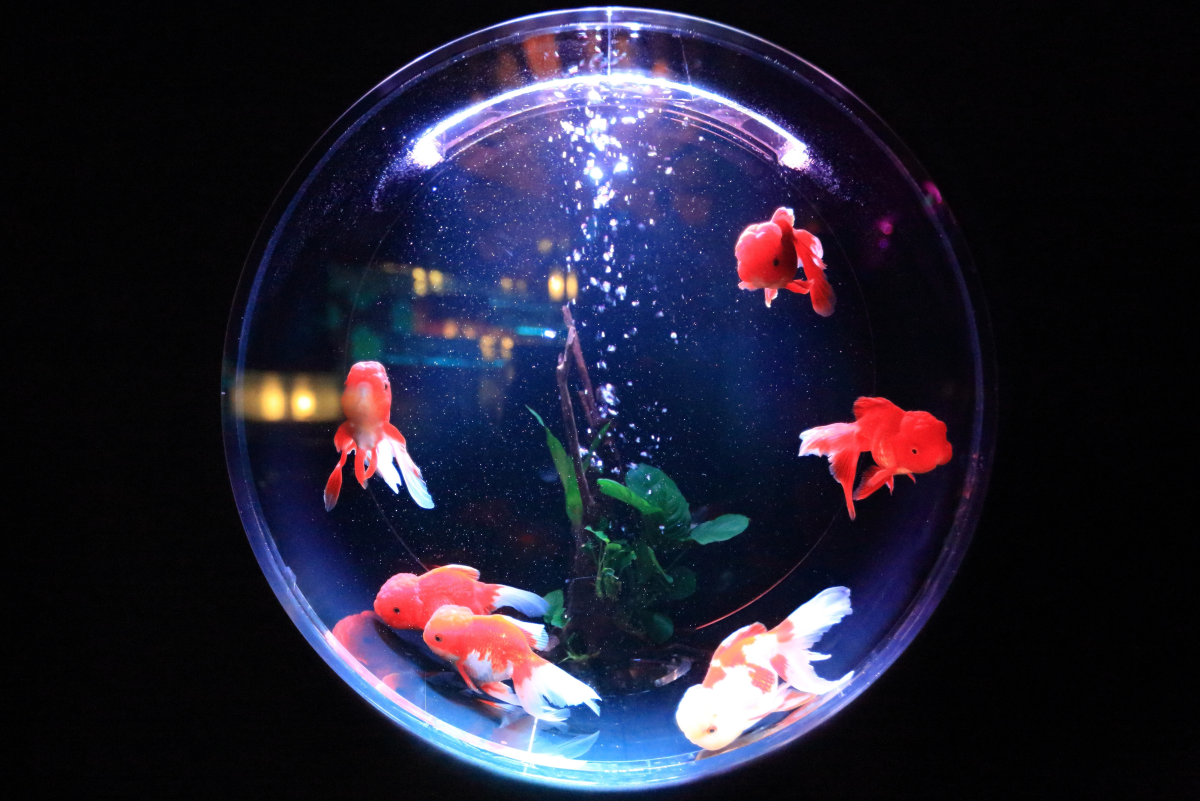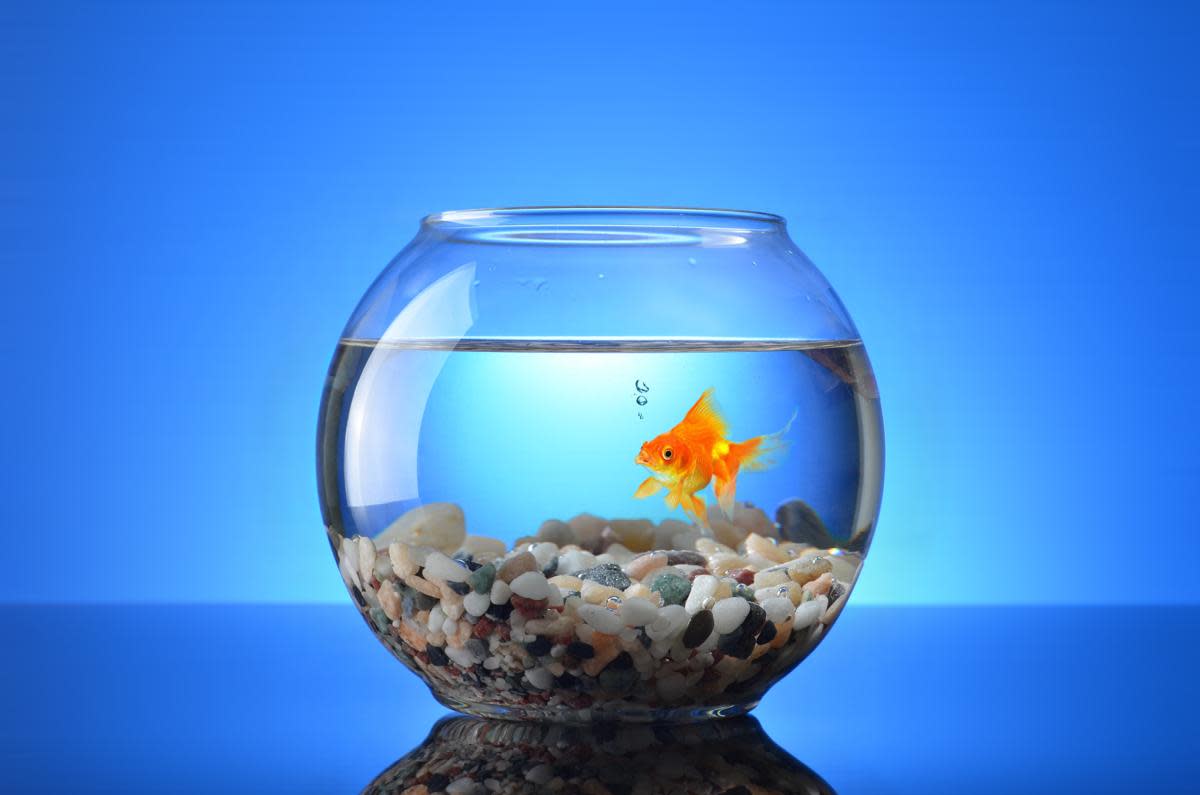How To Set Up An Aquarium
Keeping fish is fun. But there are a few basic things that you will need to know before beginning your new hobby. It is always better to get an aquarium ready before buying fish as the fish needs to have a ready environment to live as soon as we bring them home. Reading all about setting up an aquarium helps a lot in making the right purchase. Most beginners are overwhelmed with the large number and variety of decisions required when setting up a new aquarium. The owner must decide on the type, size and location of the tank; whether it will be fresh water or saltwater; live or plastic plants; types of filters, heaters, lights, and food; and a hundred other technical questions that must be answered for designing a properly operating tank.
The aquarium tank
The aquarium tanks come in different shapes, sizes and styles. The size of the aquarium you select should fit most suitably in your room. A 10 or 20 gallon aquarium is ideal for beginners. The tank should not be placed in direct sunlight since this can adversely affect the temperature of the tank. All aquariums should have a cover to prevent evaporation of water and to keep those leaping fish in the tank. Aquariums may be made of glass or acrylic. Check it carefully for scratches or cracks before purchasing.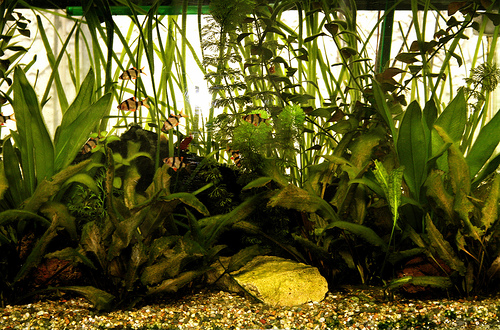
Filter
A tank needs a filter to keep the water clean, a heater if you are planning to keep tropical fish and then one has to decide on the decorations such as the kind of gravel, the type of plants whether live or artificial and other decorations such as natural rock, driftwood and so on. Decorations enhance the look of your aquarium. When setting up the tank, it is important to read all the instructions that come with the filter, the heater, size, temperature, decorations and so on.
Types of filter
Different types of filters are available to help keep the water in the aquarium clean from the waste excreted by the fish. There are ‘under gravel' filters, box filters and outside filters. The more filter material a filter has the better filter it will be.
Under gravel filters are kept in the bottom of the tank and are covered with gravel, so cannot be seen. They filter water through the gravel. They work better but are harder to clean as one will needs to break the whole tank to clean them.
Box filters are smaller in size and are placed inside the aquarium in one corner or is attached to the wall. Although they need frequent cleaning, they are much easier to clean. Outside filters, similar to box filters, come in different sizes and are kept outside the tank attached to the outer wall or placed at the back of the tank. They work well and are easy to clean.
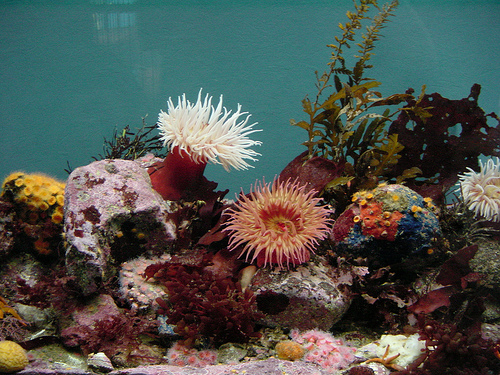
Selecting a tank
A fresh water tank is easier to manage for beginners than a salt water or marine tank. Use clean tap water to fill your aquarium. Let the water stand for several days so that the chemicals in it such as chlorine and ammonia that are harmful to the fish get time to evaporate. Ten or 20 gallons of water could support your requirements.
Decorative gravel
Decorative gravel is available in different sizes and colours. Wash the gravel thoroughly with water before laying it about two inches thick inside the tank. Instead of gravel, sand, dolomite, crushed coral, etc. can also be used. Dark coloured gravel will bring out the colours in tropical fish. Besides being decorative, gravel also holds the plants.
Natural rocks or driftwood, plastics and ceramics can be used as decoration. Thoroughly clean and disinfect them before you put them in the tank. Prepared rocks or wood for aquariums are available in the market. Don't use any metal objects because you don't want them to rust in the tank.
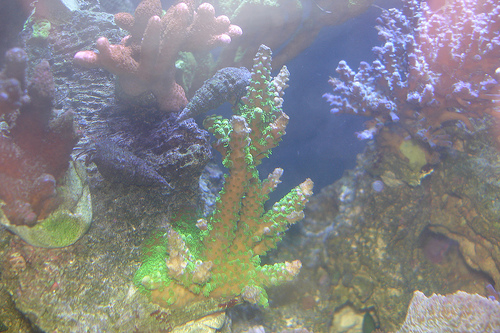
Plants
You have to make a choice between live plants or plastic plants to be kept in the aquarium. Live plants look better and help form a natural eco-system. They help keep the fish tank clean by absorbing the nutrients from the fish waste. Live plants need proper lighting; a plant growth bulb should be installed in the aquarium. Fluorescent lamps are good as they give off very little heat and so are not harmful for cold water fishes. The only problem with keeping live plants is that some large fishes tend to eat them. Plastic plants look real as well as are easy to care for and come in a variety of colours, shapes and sizes.
Cleaning the aquarium
There is a lot of work involved in keeping an aquarium looking nice, and you have to clean it on a regular basis say about two or three times a week.
You will need a net and wall scrubber or a brush to clean the tank. The net has a long handle and it will help to keep the tank clean of fish waste. The tank scrubber also with a long handle or a brush can be used to clean the walls. When cleaning the lower end, be careful not to drag up sand or gravel that can scratch the glass. Change water every week or two to remove chemicals that have built up. Never empty the aquarium completely when changing the water. Change 10 to 25 per cent of the water at a time.
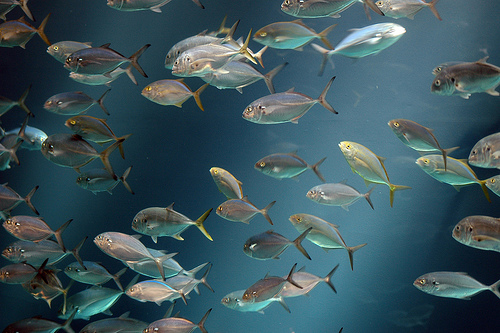
The right kind of fish
It will take a few weeks to be sure that your new aquarium is running properly, so meanwhile spend the time looking in pet and aquarium shops for the right fish. Shop around, ask questions, and most importantly, make a couple of visits to each store to see that the fish are healthy.
Once you've made your choices, read up a little on the species you like. Make certain you know their temperature, pH and dietary requirements. Your first fish should be of hardy specie, with few special food needs.
Questions to ask when choosing fish
The correct way to set up a new tank (after you are sure a fish tank is right for you) is to first research and decide what type of fish you would like to have in the tank. There are over 25,000 identified species of fish and over 2,000 of these are available to the aquarist. To help narrow down your list of desirable fish you need to consider all of the following questions about the potential candidates:
- How big is the fish going to get?
- If the fish gets large will it prey on or frighten smaller fish in the tank?
- Is the fish too small to fit in with the other fish in the tank?
- Is the fish territorial and will it require a large space of its own?
- Does the fish eat other fish? Many tropical fish do.
- Does it nip the fins of other fish?
- Is it aggressive or is it too shy and nervous to live with certain other species?
- Does it eat live plants?
- Does it dig in the bottom of the tank?
- What kind of water does it require (PH, hardness, temperature, etc.)?
- What does it cost?
- Is it raised domestically or taken out of the wild?
- Does this particular fish need to live in groups or prefer to live alone?
After selecting the right fish for your aquarium, your job is complete. You only have to bring the fish to its new home and make it comfortable! And then you will have many enjoyable days and nights watching the fish swimming about in the aquarium water.
- How To Grow A Miniature Garden
Do you have green fingers but are restricted by space? Don't worry, grow miniature gardens. They are fun and easy to grow and wonderful to look at. So get hold of some containers and start today! ... - Pot Painting
As the name suggests, it is a hobby in which a person decorates clay pots and vases in various ways. It is a very interesting hobby as the results are often quite diverse (from what you expected!) and...


